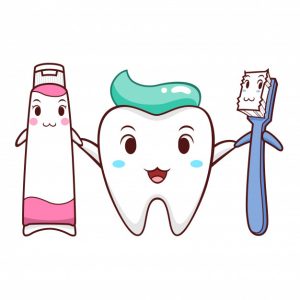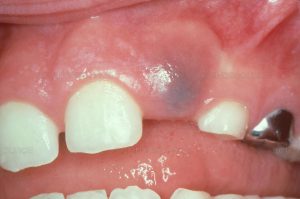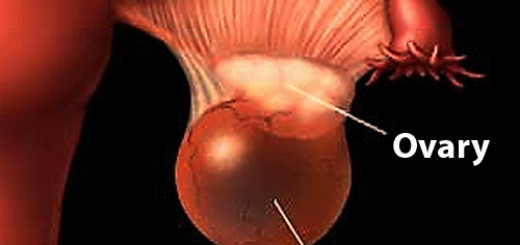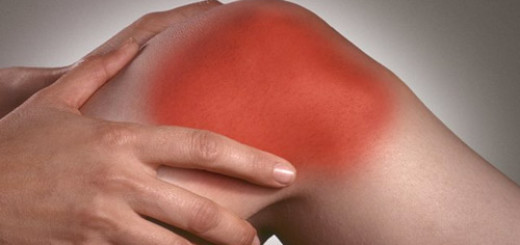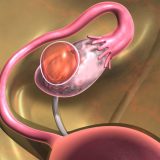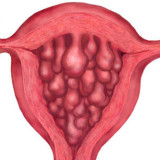A dental cyst, like any other cyst by the word definition, is a cavity filled with fluid. It is located in the oral cavity. Depending on particular kind of dental cyst types, it can be located between the tooth and gum, in the gum and dental canals.
Most often, the tooth cyst is small. Its size is in the range of 0.5 – 2 cm. The cyst rarely exceeds these dimensions.
Dental cyst can appear at any age. There is no gradation and patterns by age and sex for the development of cysts on teeth. The cyst in the mouth can appear even in newborns. The main factors for the occurrence of a tooth cyst can be called improper oral hygiene and jaw injuries.
The danger of such tumors, among other things, is also that they can damage the adjacent soft tissues and adjacent healthy teeth. The most dangerous dental cyst types can even cause swelling in the mouth or turn into malignant.
Fortunately, cyst on a tooth is successfully treated in our time. And the earlier the tumor is detected, the easier it is to cure. Although sometimes it is still necessary to remove the whole tooth.
How does a dental cyst appear?
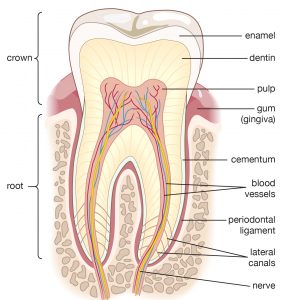 In many people, a dental cyst appears around root of a dead tooth or in places where it do not develop properly. The key to the formation of such cysts is the presence of bacteria in the relevant area. They develop on a dead or undeveloped tooth. This is often seen in case of the so-called wisdom teeth.
In many people, a dental cyst appears around root of a dead tooth or in places where it do not develop properly. The key to the formation of such cysts is the presence of bacteria in the relevant area. They develop on a dead or undeveloped tooth. This is often seen in case of the so-called wisdom teeth.
The mechanism of the cyst formation is quite simple. First, the pulp of the tooth dies and inflammation develops in it.
Tooth pulp – soft fibrous tissue inside the tooth that fills it. It contains nerve endings, tubules, and many vessels, including blood and lymphatic.
Tooth pulp is responsible for the vital processes of the tooth. This is primarily nutrition, blood circulation and regeneration.
Inflammation in tooth pulp leads to the formation of a cyst on a tooth. It gradually increases and begins to squeeze the bone structure of the tooth. The pressure is strong enough, and the tooth bone weakens.
Although infection with subsequent inflammation inside the tooth is the main and most common cause of cysts, it is not the only one. Cystic formations can also be caused by such reasons as:
- neglecting oral hygiene that leads to inflammation in the dental canals,
- chronic diseases developing in the nasopharynx, such as sinusitis, tonsillitis, etc.,
- general weakening of the immune system,
- periodontitis,
- inflammation that develops under the crown of a tooth, which becomes chronic,
- developing caries that leads to developing into the tooth inflammation,
- teeth or jaw injuries,
- improper treatment of diseases associated with teeth,
- problems with wisdom teeth or milk teeth in childhood that have affected the growth and development of permanent teeth.
What are dental cyst types?
Described above situation is the most widespread, but not the only possible.
A dental cyst can occur in different parts of oral cavity. Under certain conditions, it appears inside jaws, gums or localized in the root of the tooth or inside it.
There are six main dental cyst types. They differ for reasons of appearing, frequency of clinical cases, common location, and complexity of treatment.
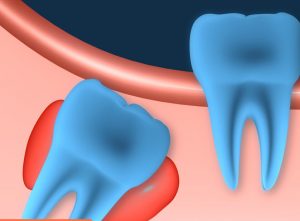 Follicular dental cyst. This one of the widespread dental cyst types, which is a cavity resembling a pouch. It is, so to speak, embraces the uncut tooth. Tooth crown as usual.
Follicular dental cyst. This one of the widespread dental cyst types, which is a cavity resembling a pouch. It is, so to speak, embraces the uncut tooth. Tooth crown as usual.
Most often it occurs because of the problems with permanent (indigenous) teeth development. Including often formed due to the fact that a new tooth can’t erupt through the gums or is infected. Another common cause of follicular cysts on a tooth can be called the presence of extra tooth inside the jaws that is also non-erupted.
Keratocyst tooth (primary). Such dental cyst appears if the tooth does not develop properly. This single-chamber formation, which is formed due to the death and keratinization of the epithelium. Keratocyst grows inside a tooth.
This is one of the most dangerous among the dental cyst types because it can become malignant.
Radicular dental cyst. Perhaps the most common among the dental cyst types. It develops due to chronic inflammatory processes and is most often localized in the root part.
Most often, in the absence of active development of inflammation, it is asymptomatic.
Retromolar dental cyst. It occurs as a result of improper eruption of the wisdom tooth. Or as a result of complications arising in this process. Most often, the retromolar cyst on a tooth occurs when the eruption of the wisdom tooth is accompanied by inflammation of the tissues.
Eruption dental cyst.As the name implies, it is associated with teething and occurs most often in children 7-10 years when changing milk teeth to the root ones.
Eruption dental cyst is a capsule covering the new tooth. Typically, the cavity contains blood. Sometimes it is clearly visible on the gums as a swelling with a blue tinge.
Residual dental cyst.Most often the cyst on a tooth occurs after poor-quality treatment of dental diseases or complications during the treatment. Including when it is associated with the removal of tooth, where then the cyst occurs.
The residual cyst of the tooth is a pouch with fibrous walls tissues.
